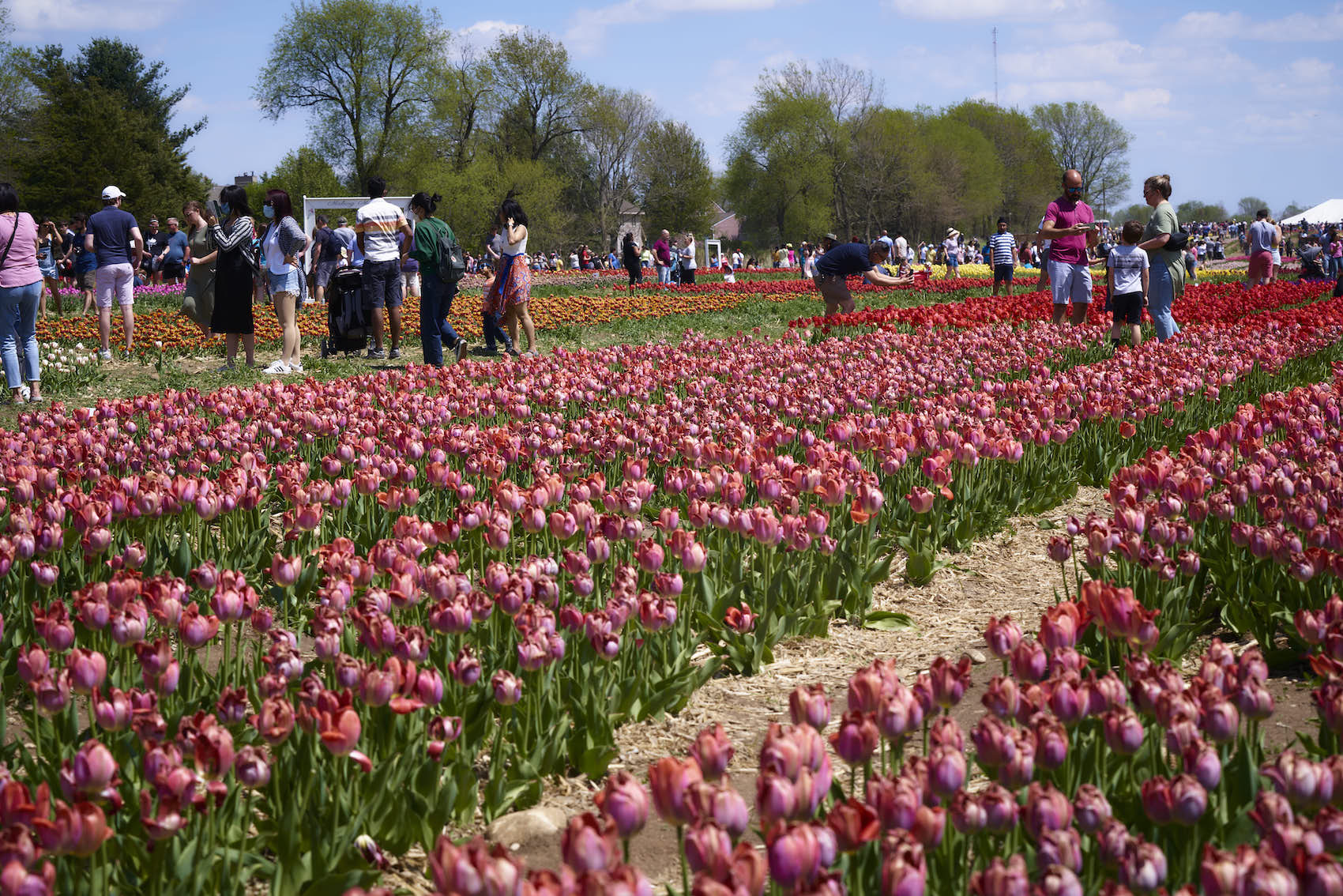Fifteen years ago, Toronto was not even the largest city in Canada. It was, in the name of the improv troupe it franchised from Chicago, the Second City to Montreal. Now, it’s the fourth largest city in North America, having just surpassed us, with a population of 2,791,140.
So what happened? Did two million people move to Toronto? No. Toronto moved to them. In 1998, the old city, which occupied the lakefront and the business district, amalgamated with five suburbs to form a super-metropolis. This has been both good and bad. Toronto has saved millions of dollars by eliminating repetitive services, and its inflated population makes it seem like a more important city than it actually is. On the other hand, Mayor Rob Ford, the combative politician known for obscenely berating hockey fans and calling his critics “left-wing kooks,” is from one of those old suburbs.
Chicago, by contrast, has not added to its size since 1956, when it annexed O’Hare Airport and the surrounding neighborhoods. Before that, the last addition to the city was the Far Southwest Side neighborhood of Mount Greenwood, in 1927. Chicago’s population peaked at 3.6 million in 1950, but as residents moved to the suburbs, the city’s boundaries did not follow them.
Houston, the city next in line to overtake us, with 2.1 million, has been annexing like mad -- nine times between 1978 and 1995 -- with a 2012-14 Annexation Plan already in place. If Houston keeps it up, we could end up the Fourth City in the United States.
Local
So, Toronto’s usurpation of our spot on the population chart is not a bad thing, if it leads us to emulate them. No two cities in North America resemble each other more than Chicago and Toronto. We’re both multicultural metropolises located on a Great Lake, and as the last stop before the bright lights of New York City in our respective countries, we carry similar second city attitudes.
Immigration from Asia and the Caribbean has added considerable flavor to the city’s traditional Scotch Presbyterian culture, which considered an Orange Order march a big time. Chicago Sun-Times columnist Neil Steinberg, who dismissed Toronto as “generic” and “anodyne,” has probably never witnessed the Caribana parade, the loudest, most colorful, fleshliest public spectacle on a North American street. Chicago is also a much more happening place than it was in the 1960s, under the prudish Mayor Richard J. Daley. Our nearly identical populations emphasize our twinship.
Immigration from Asia and the Caribbean has added considerable flavor to the city’s traditional Scotch Presbyterian culture, which considered an Orange Order march a big time. Chicago Sun-Times columnist Neil Steinberg, who dismissed Toronto as “generic” and “anodyne,” has probably never witnessed the Caribana parade, the loudest, most colorful, fleshliest public spectacle on a North American street. Chicago is also a much more happening place than it was in the 1960s, under the prudish Mayor Richard J. Daley. Our nearly identical populations emphasize our twinship.
But Chicago, we have to keep up. It’s time to start growing again. Look out, Norwood Park Township, Norridge, Harwood Heights and Evergreen Park. We’re adding you next.



